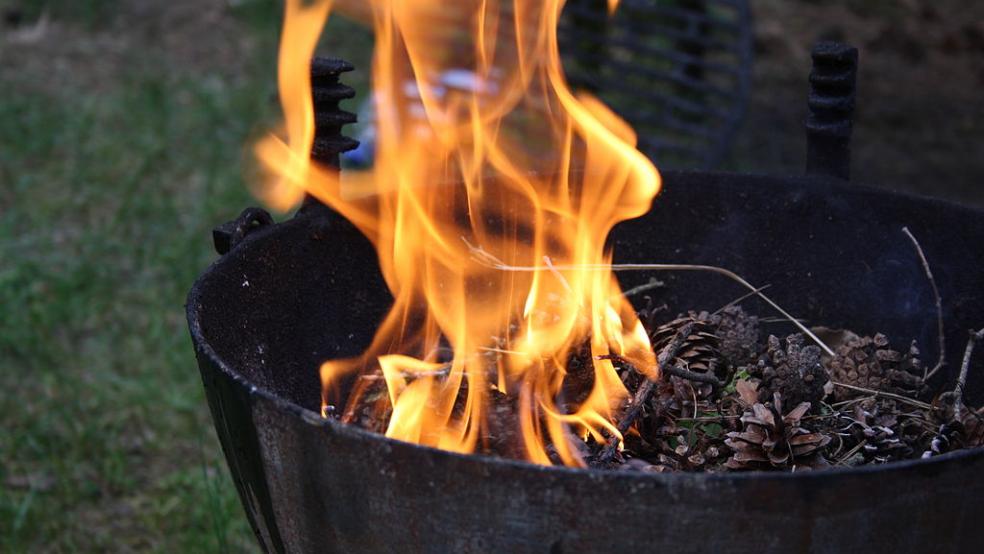When I was a kid -- “before Nixon lied to us all on TV [and] before microwave ovens,” as Merle Haggard sang – my New England mother was always cooking in a black cast-iron pan.
For breakfast, she’d have bacon sizzling in a black pan, then pour off most of the grease into a metal coffee can and fry up some eggs.
Best of all were the many Fridays when she’d flash-fry a batch of addictive, breaded Nantucket Bay scallops in lard using a cast-iron skillet so they were crisp on the outside but still moist on the inside.
Related: Barbecue Bots: Further Evidence That Men Are Expendable
Now black pans, once shoved aside for those with non-stick surfaces, are back in vogue. But for those cooking burgers and steaks this Fourth of July and into the summer, it’s important to note that black pans belong not just in the kitchen but also on the grill. And there are certainly plenty of those around: The gifted and wonderfully conversational food writer Sam Sifton of The New York Times says about 180 million Americans have some sort of grill in their backyard or patio – or as I once did in a New York apartment , on the fire escape (not a great idea, granted).
Steaks such as T-bones and rib eyes (preferably bone-in) or even cheap ground-chuck burgers retain their juices and still sear up nicely in a black pan. To get a good crust, steaks should be one and a half to two inches thick or more and seasoned aggressively.
Advice online abounds about letting the meat you’re grilling get to room temperature, patting it dry, seasoning it and allowing it to stand before cutting into it. So I won’t go there. But three fairly obvious points: Be sure to warm up the pan for a few minutes before you throw on the steak, add a little oil or butter to coat the bottom, and don’t be flipping the meat.
Have a beer or a drink and let the steak alone for as long as required for the doneness you like before turning it over. With black pans, you don’t have to worry about flare-ups that can ruin a good cut of meat.
The black pan should be big enough so the steaks are not jammed in. A 12-inch pan works, but a 15-inch pan is better. You just have to make sure that your gas or charcoal grill is big enough to accommodate the larger size with the lid shut or the kettle top on.
Squarish, ribbed grill pans are often promoted as perfect for steaks, and at a high enough heat, they will sear grill marks on the meat. But forget them and opt for round pans with a flat cooking surface. You’ll get a better crust.
One of the best things about cast-iron pans is they are not expensive. Oh sure, you can spend a bundle for “artisanal” cast-iron cookware, and if I had a hedge fund that was throwing off cash like sparks on the Fourth, I’d probably pay the $100 to $300 you have to shell out to get a hand-fashioned beauty.
But American-made Lodge pans can be had for under $20. In fact, a 12-inch skillet is $16.99 at Target.
Related: ‘Smoke and Fire’ Spices Up Your Grilling This Summer
More fun than big-box shopping, though, is hunting for cast-iron pans at antique, thrift and consignments stores. Recently, I was coveting a deep, cast-iron skillet with a lid for frying chicken at a local antique store, but the price was steep considering that there are better bargains to be found (though I may go back).
Cast-iron pans are like friends: Treat them right, and they will be there for you. For pans anyway, that means seasoning them carefully and never washing them in soapy water. And as the years go by, they will, like friendships, develop a patina – though this one is formed by fat molecules bonding to the metal surface.
So good grilling, and don’t forget one of the other verses of that Merle song on Independence Day: “Stand up for the flag and let's all ring the Liberty Bell.”





